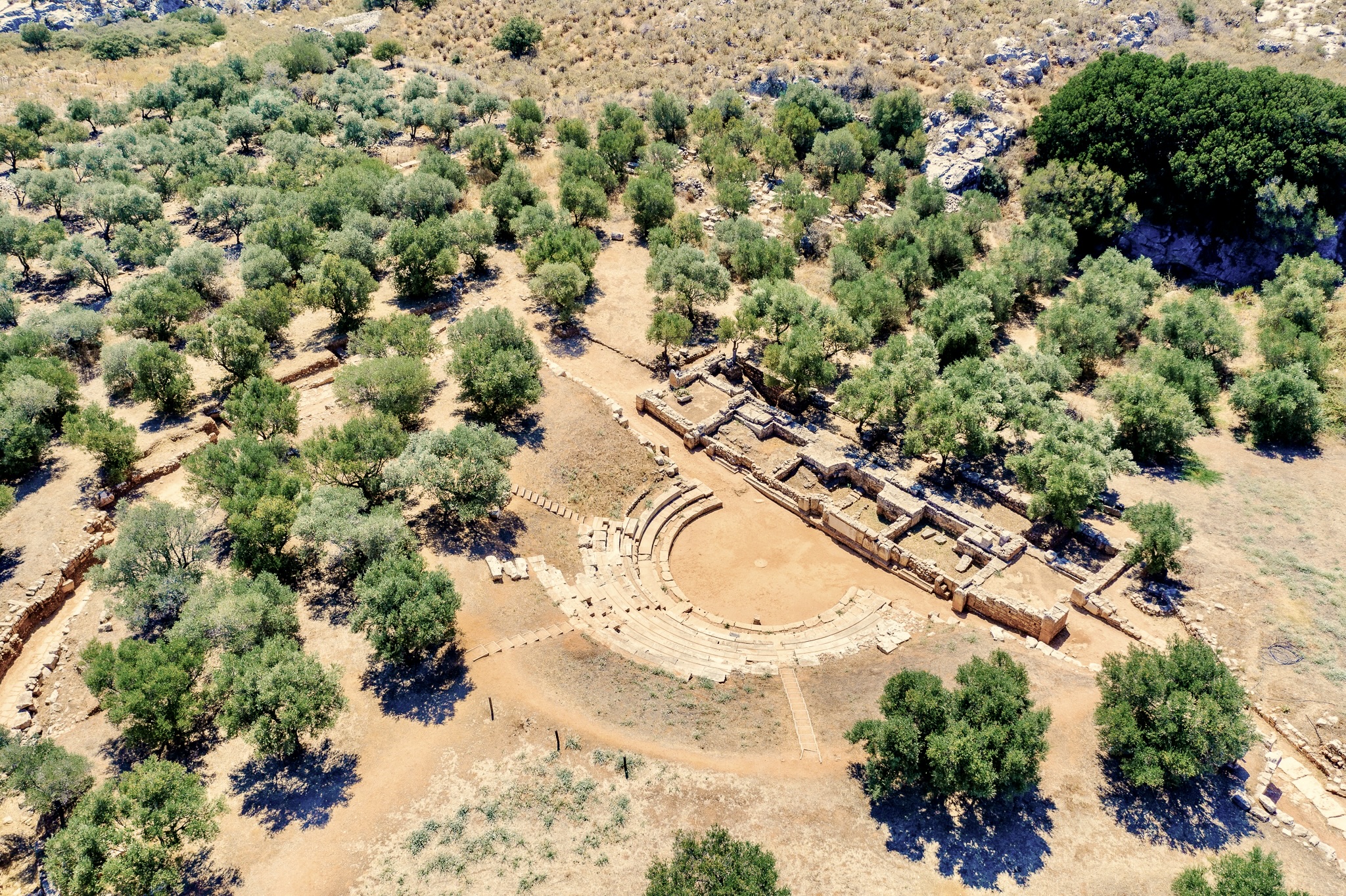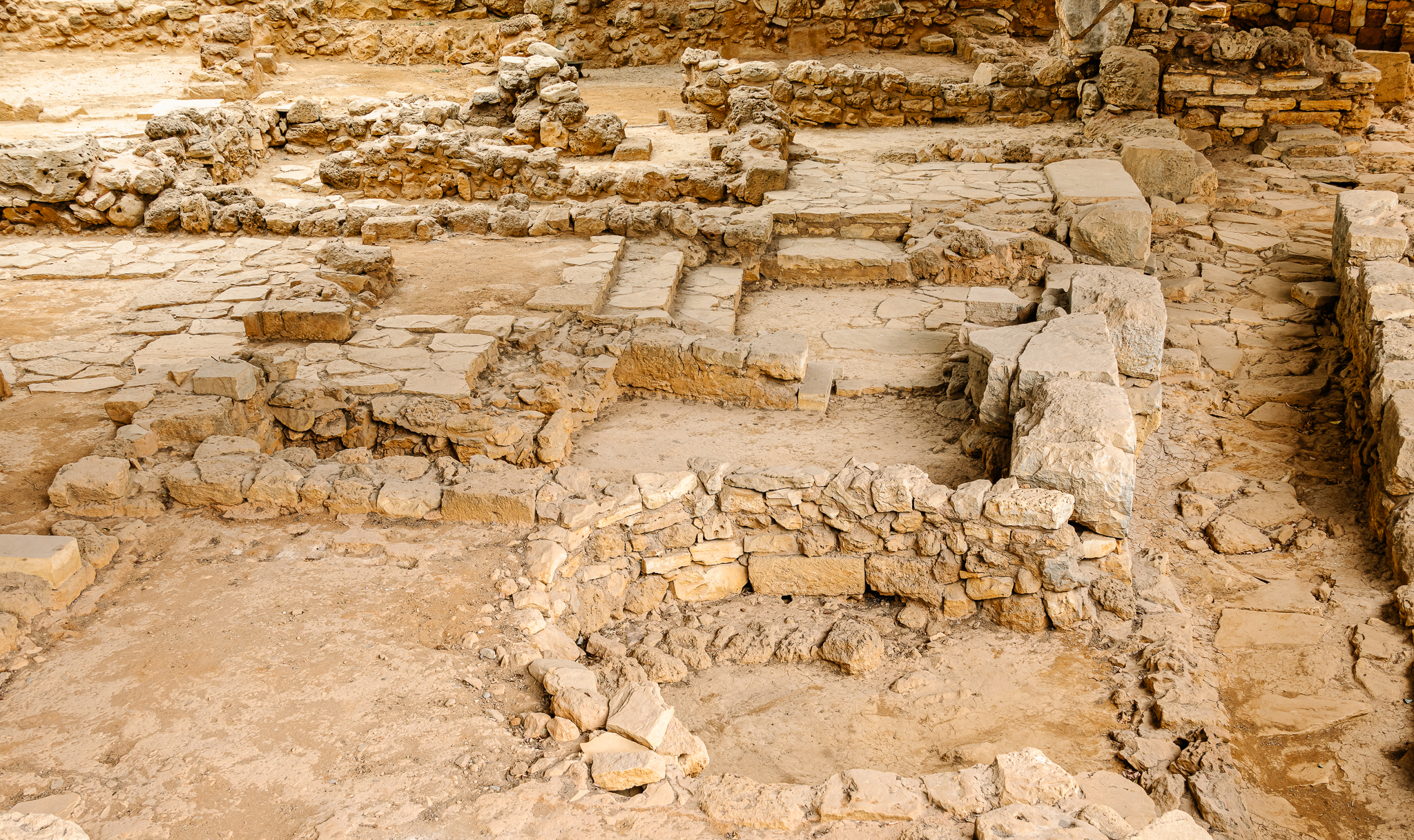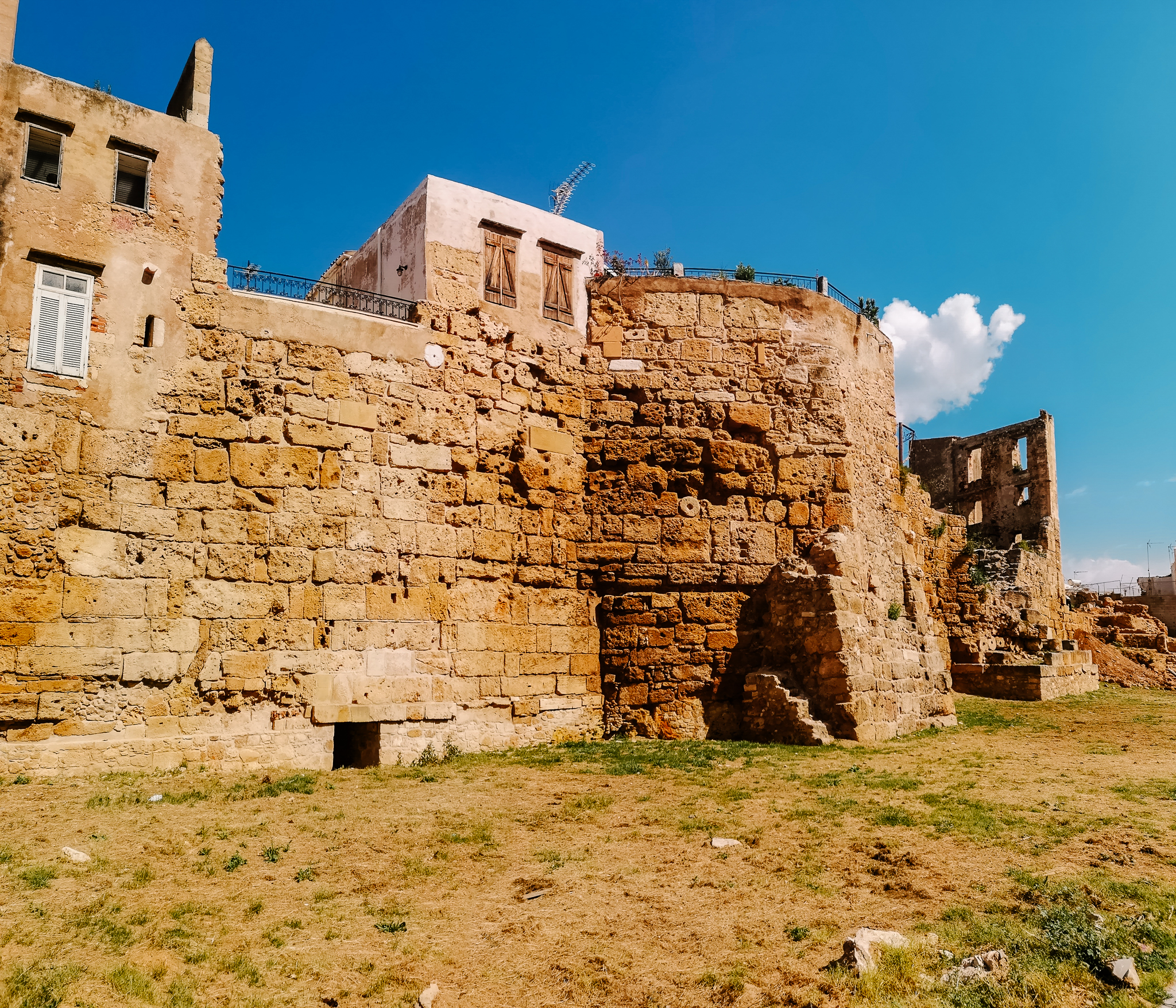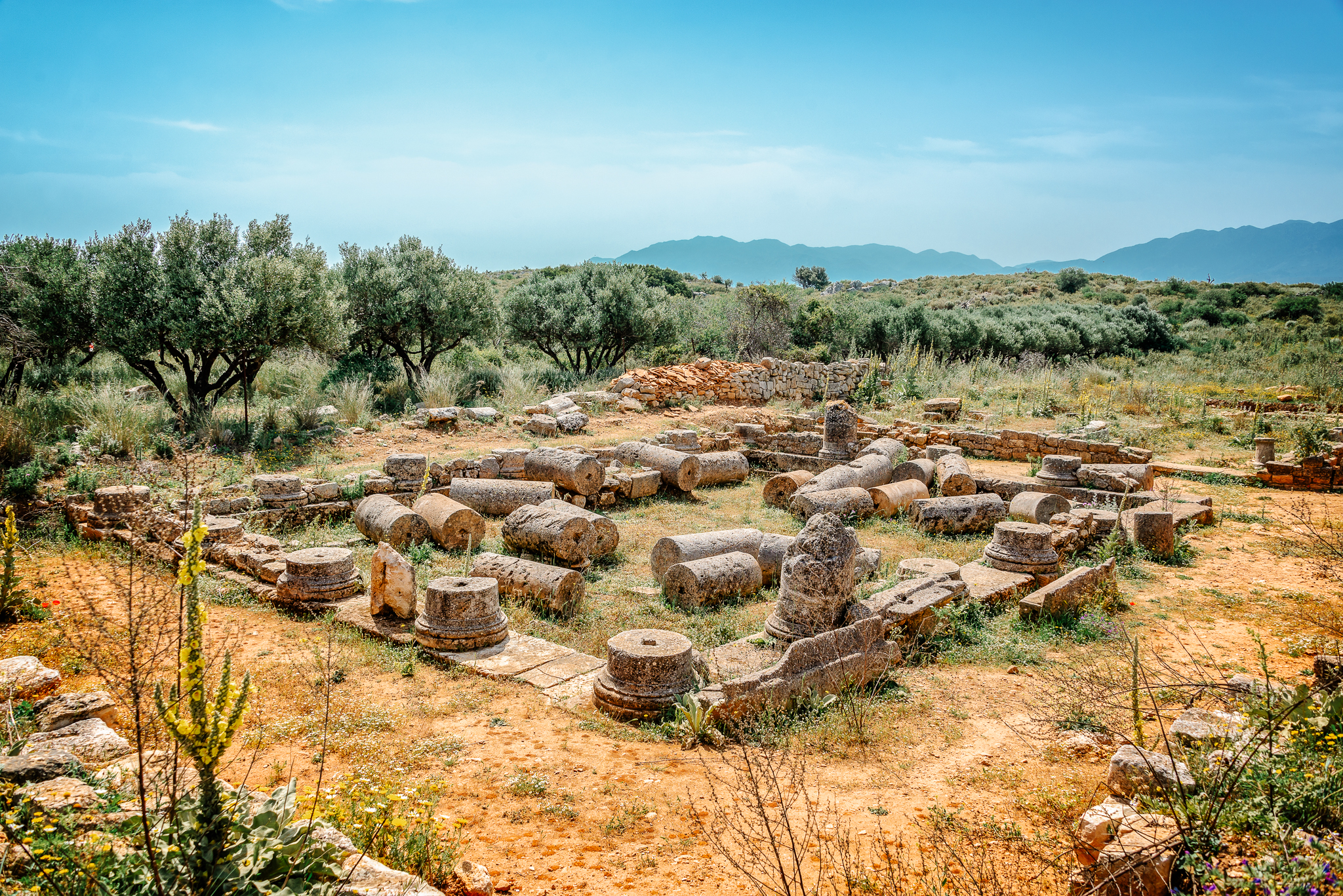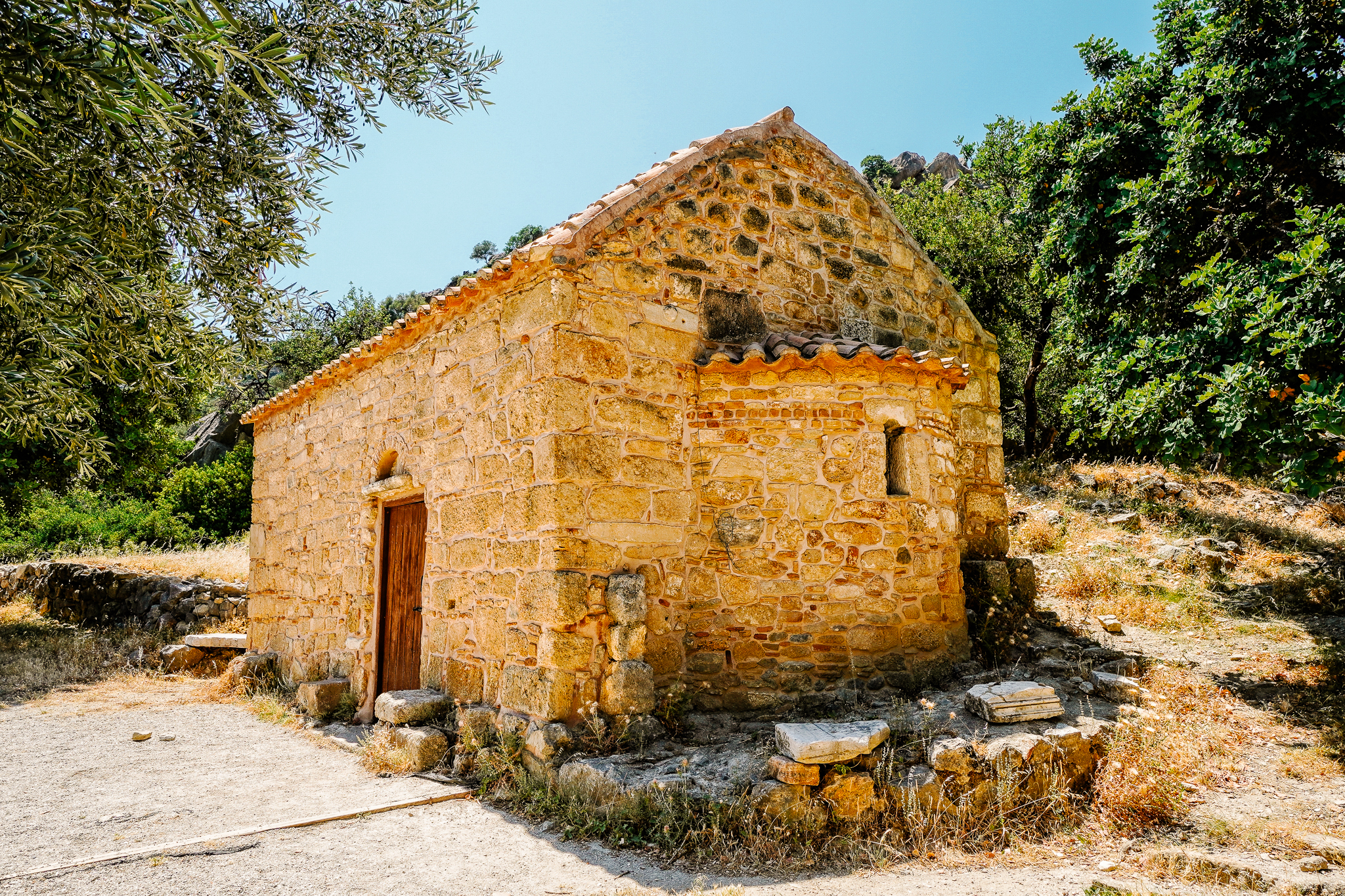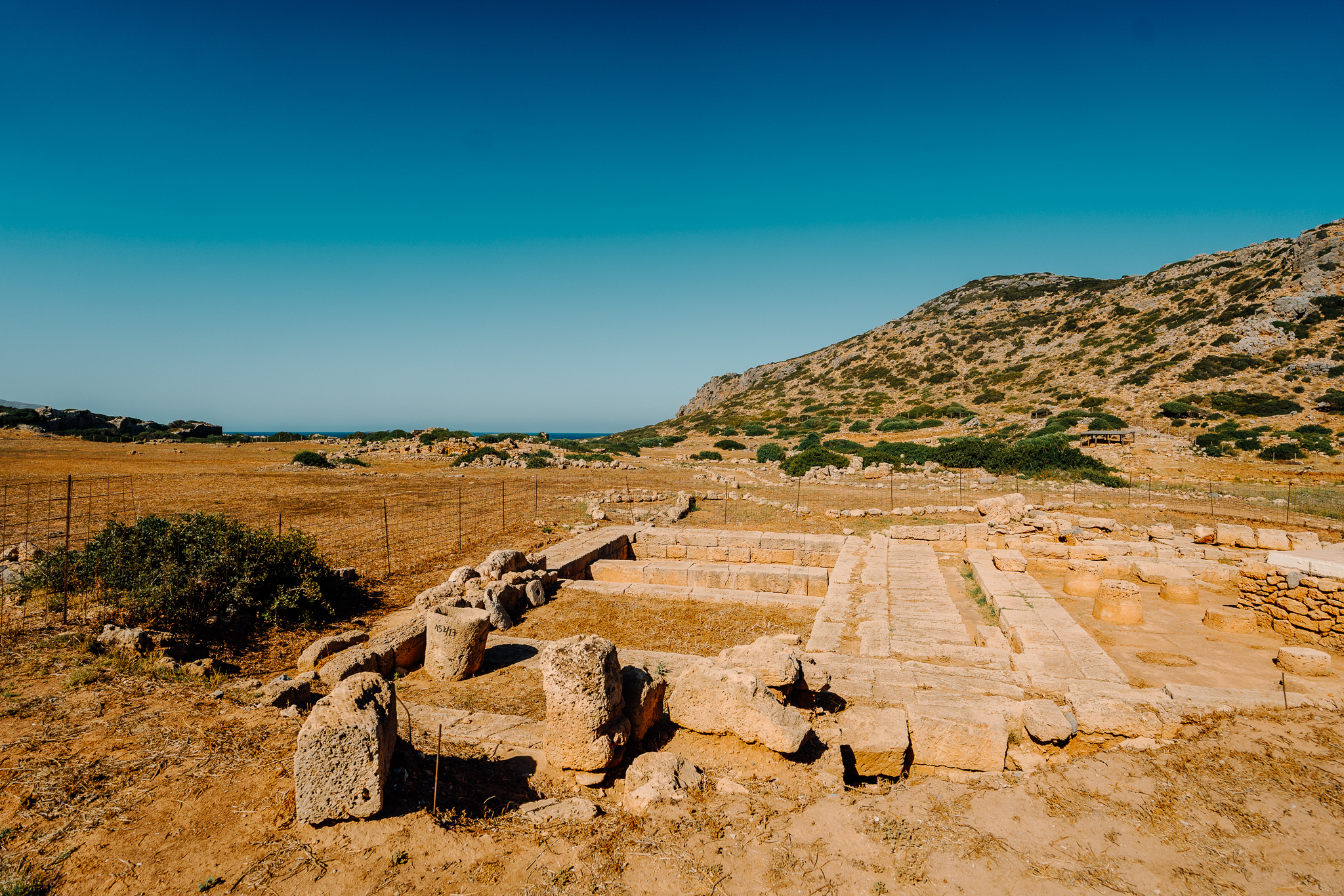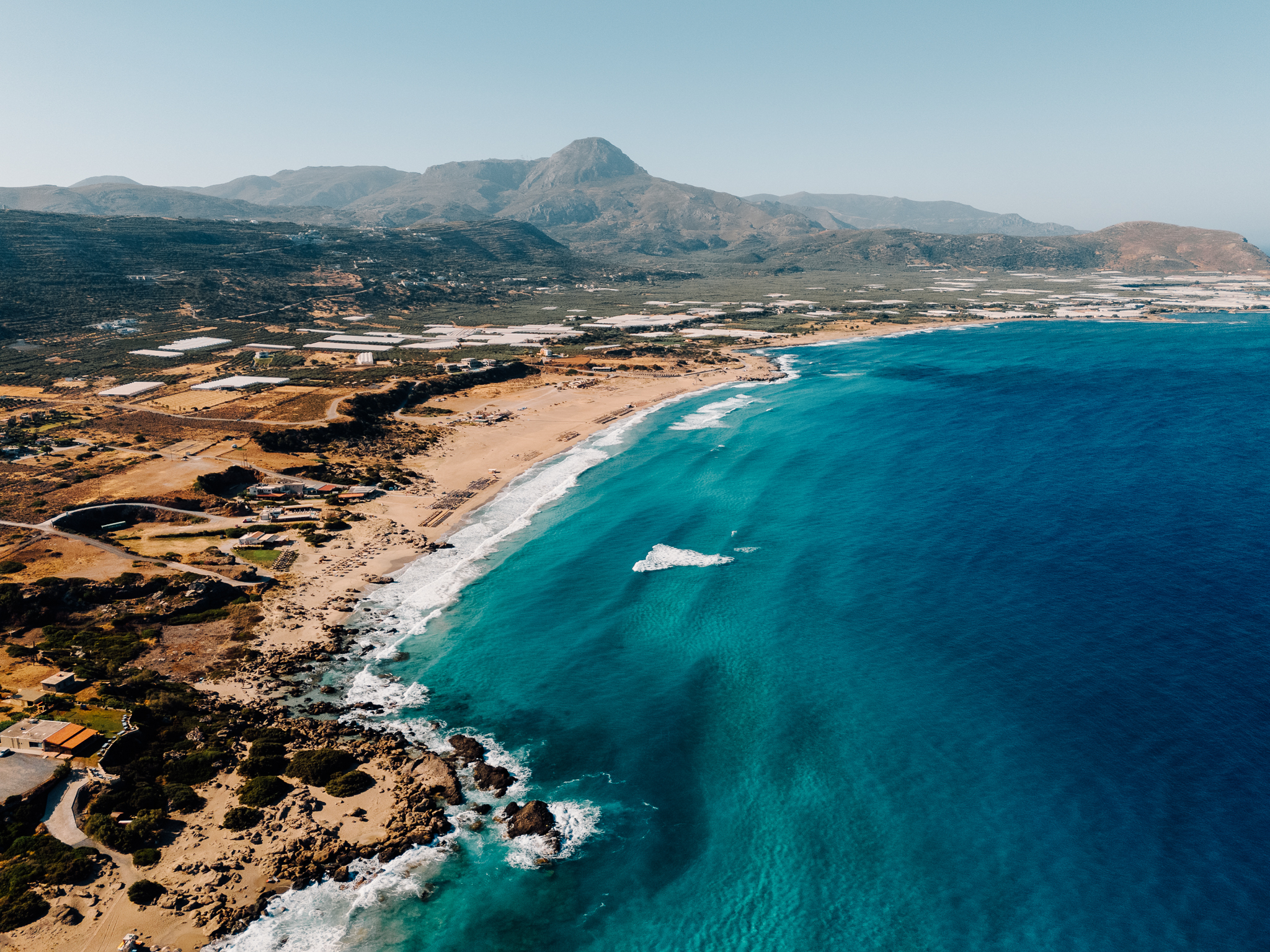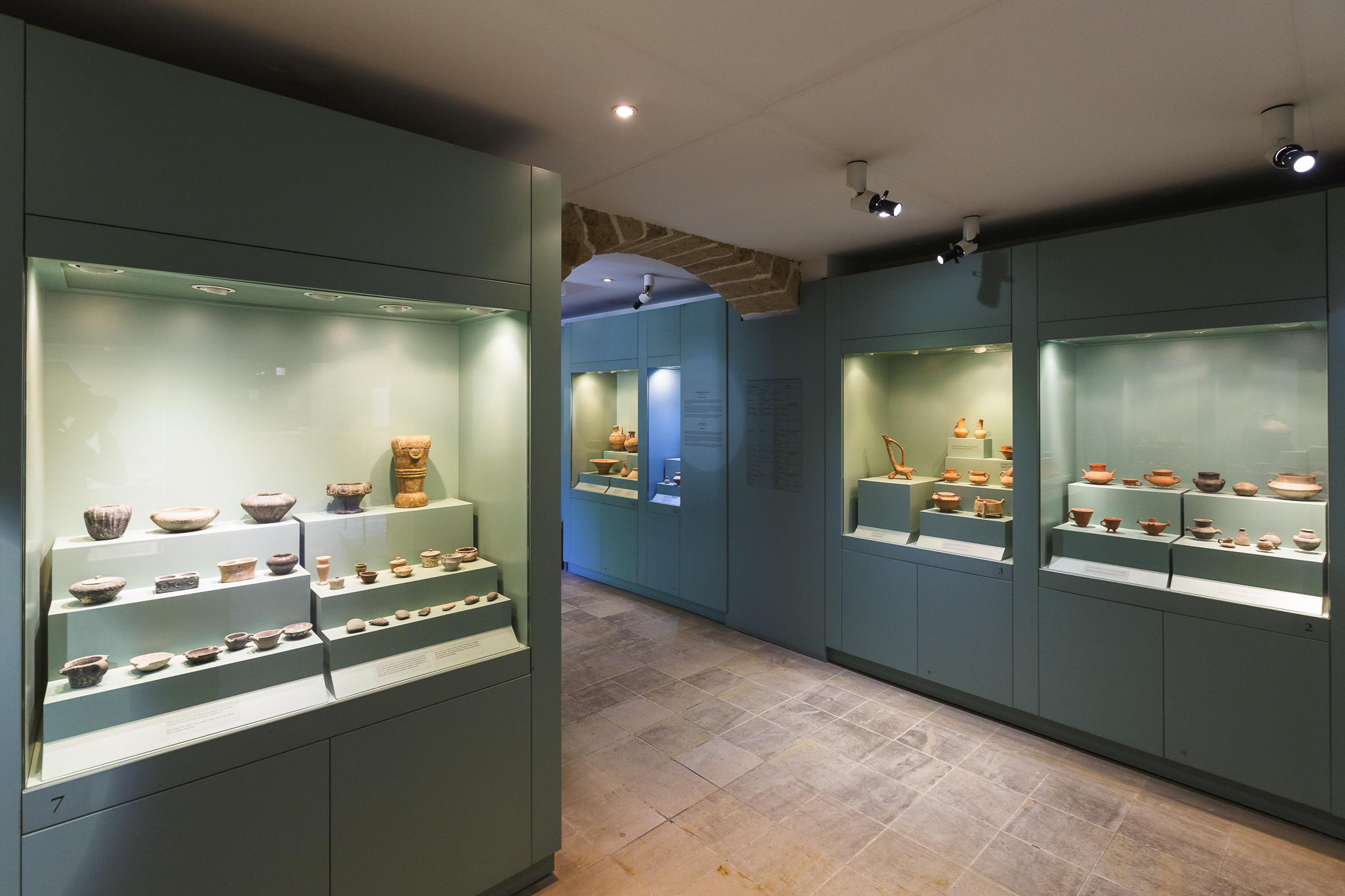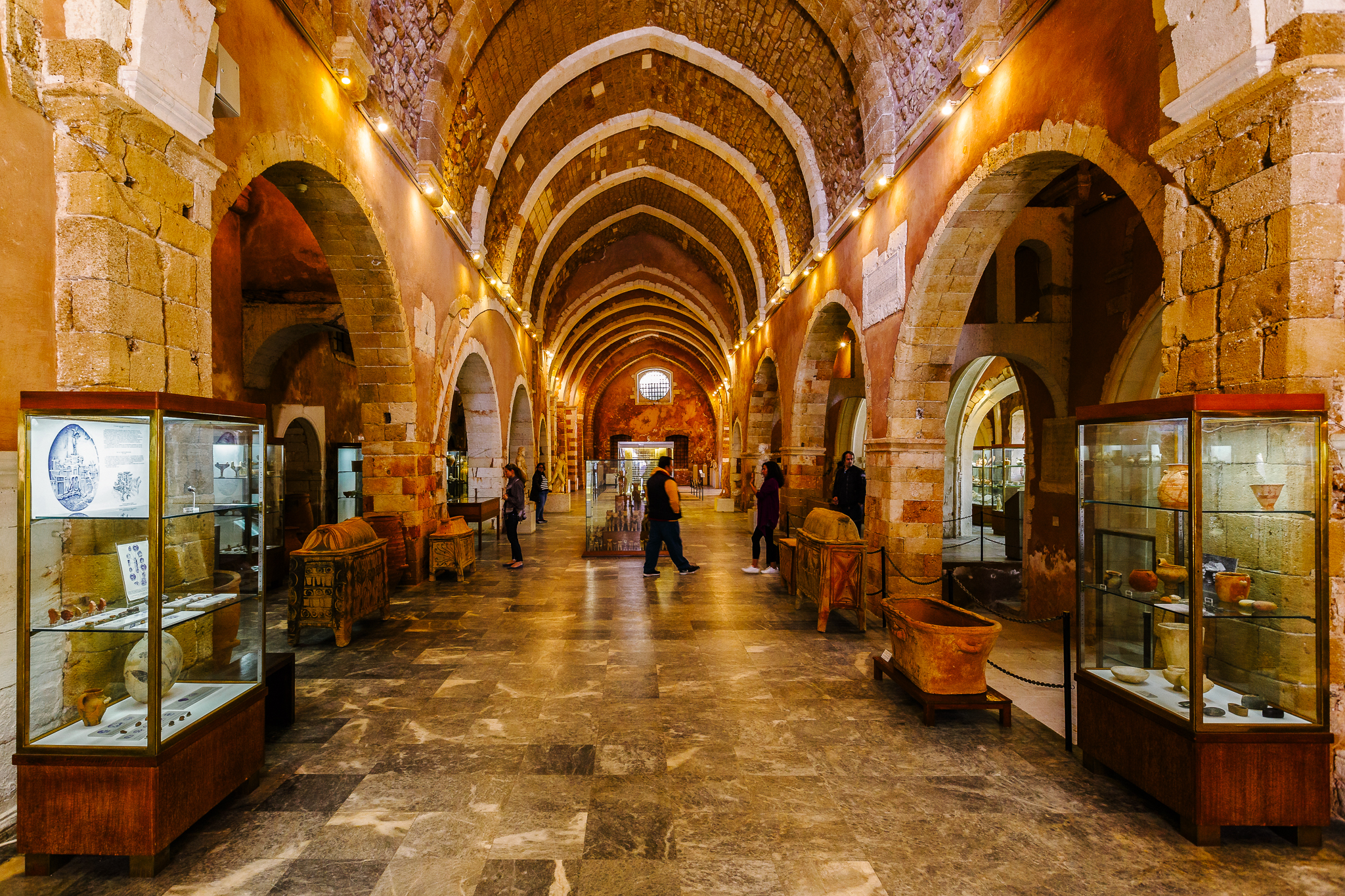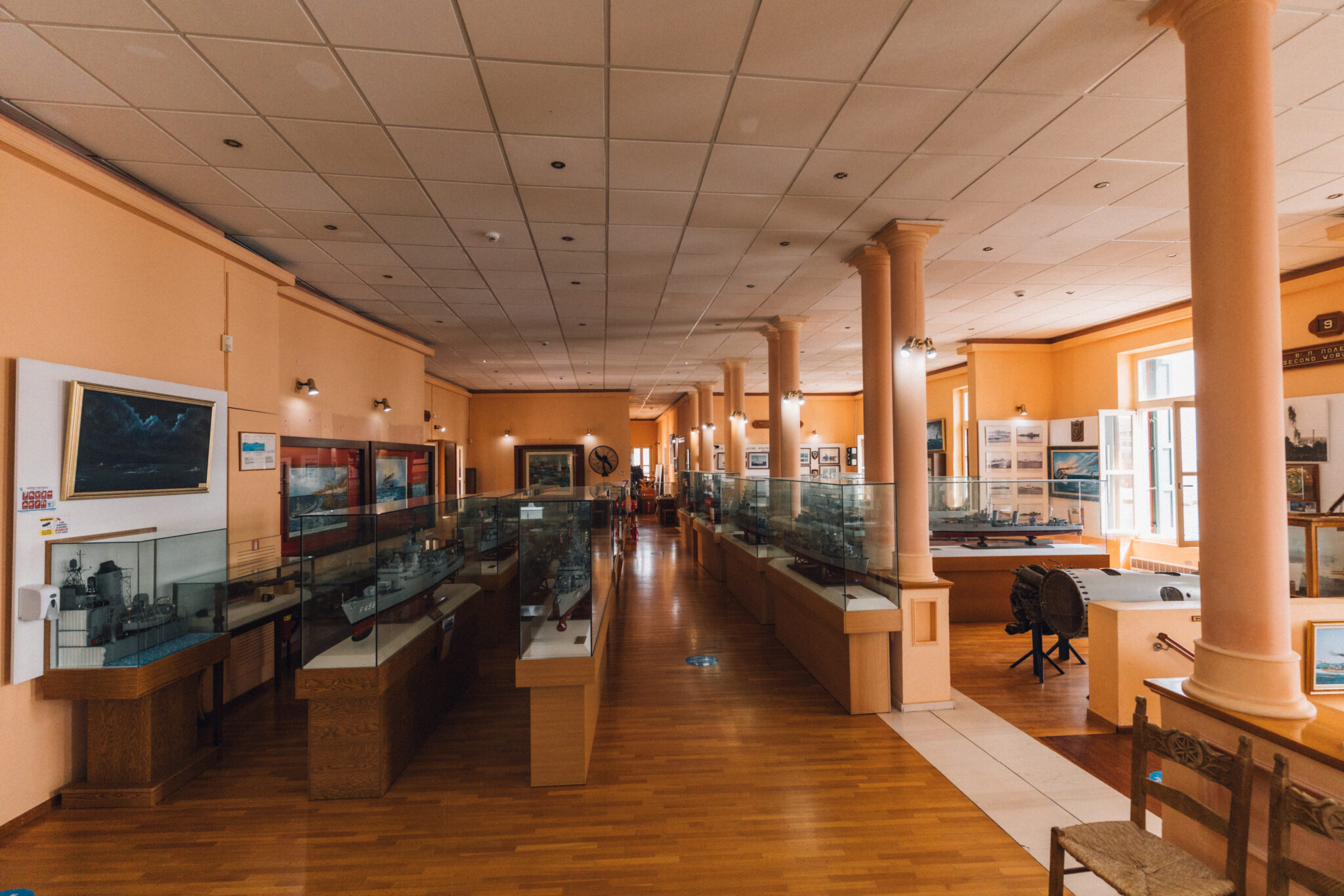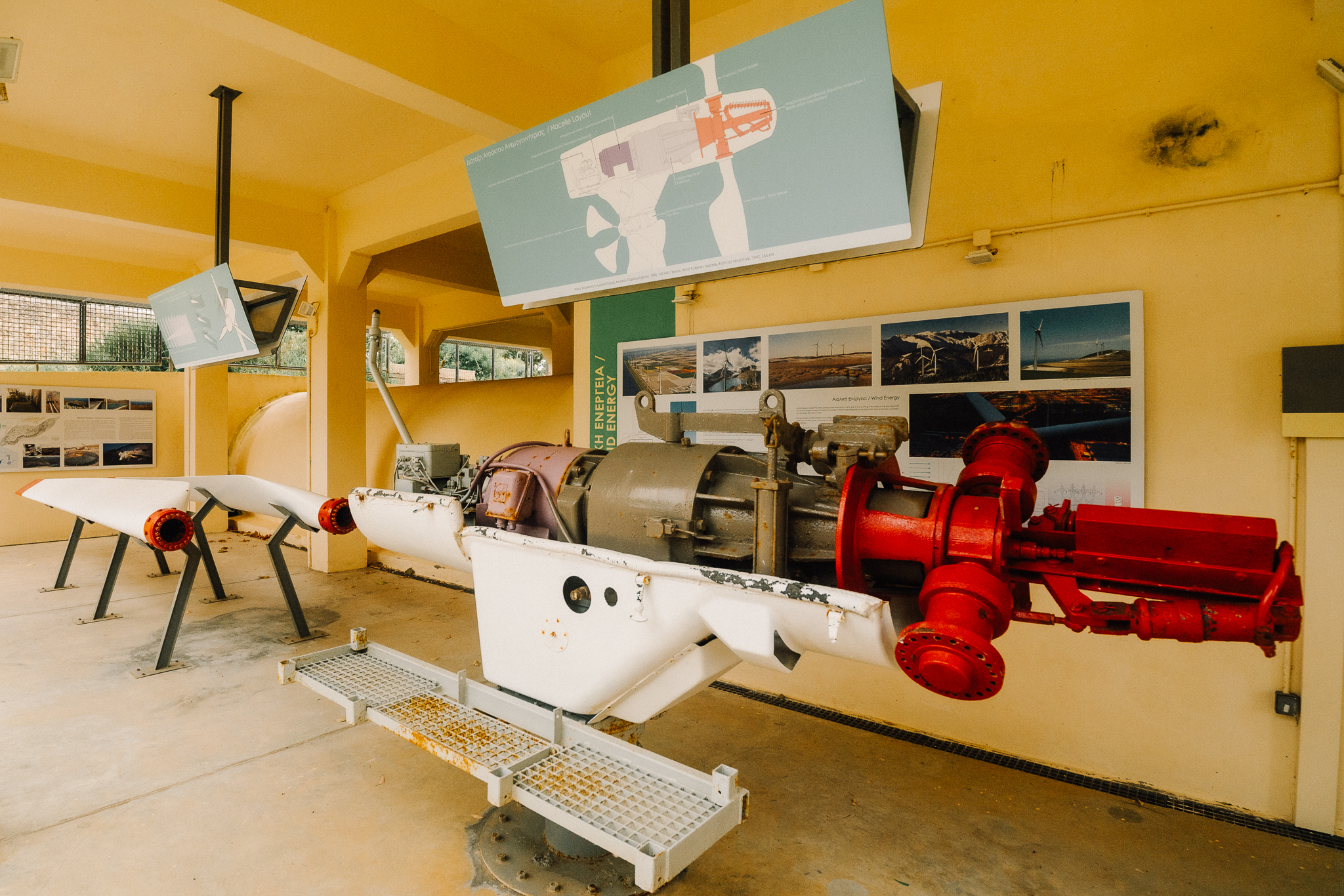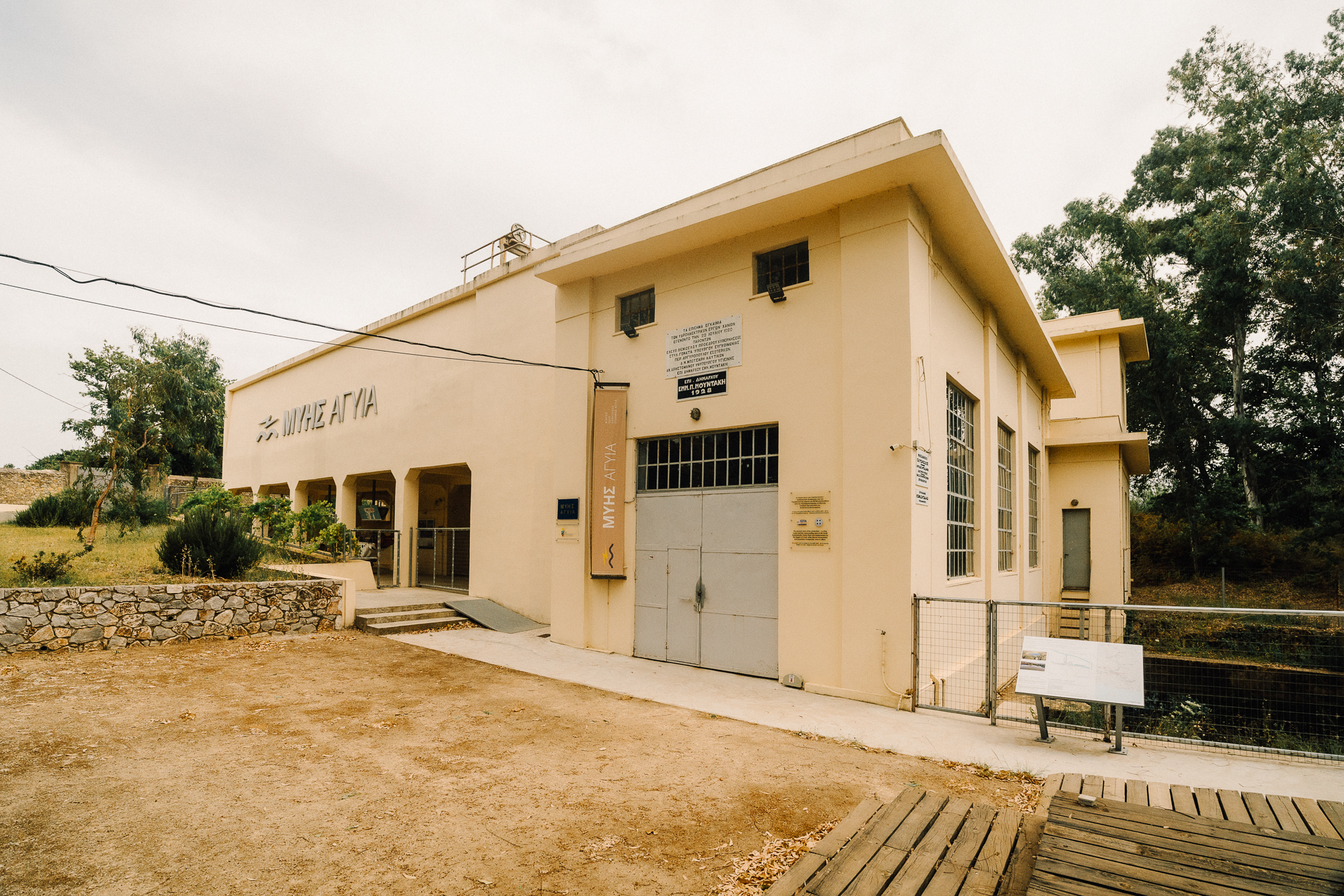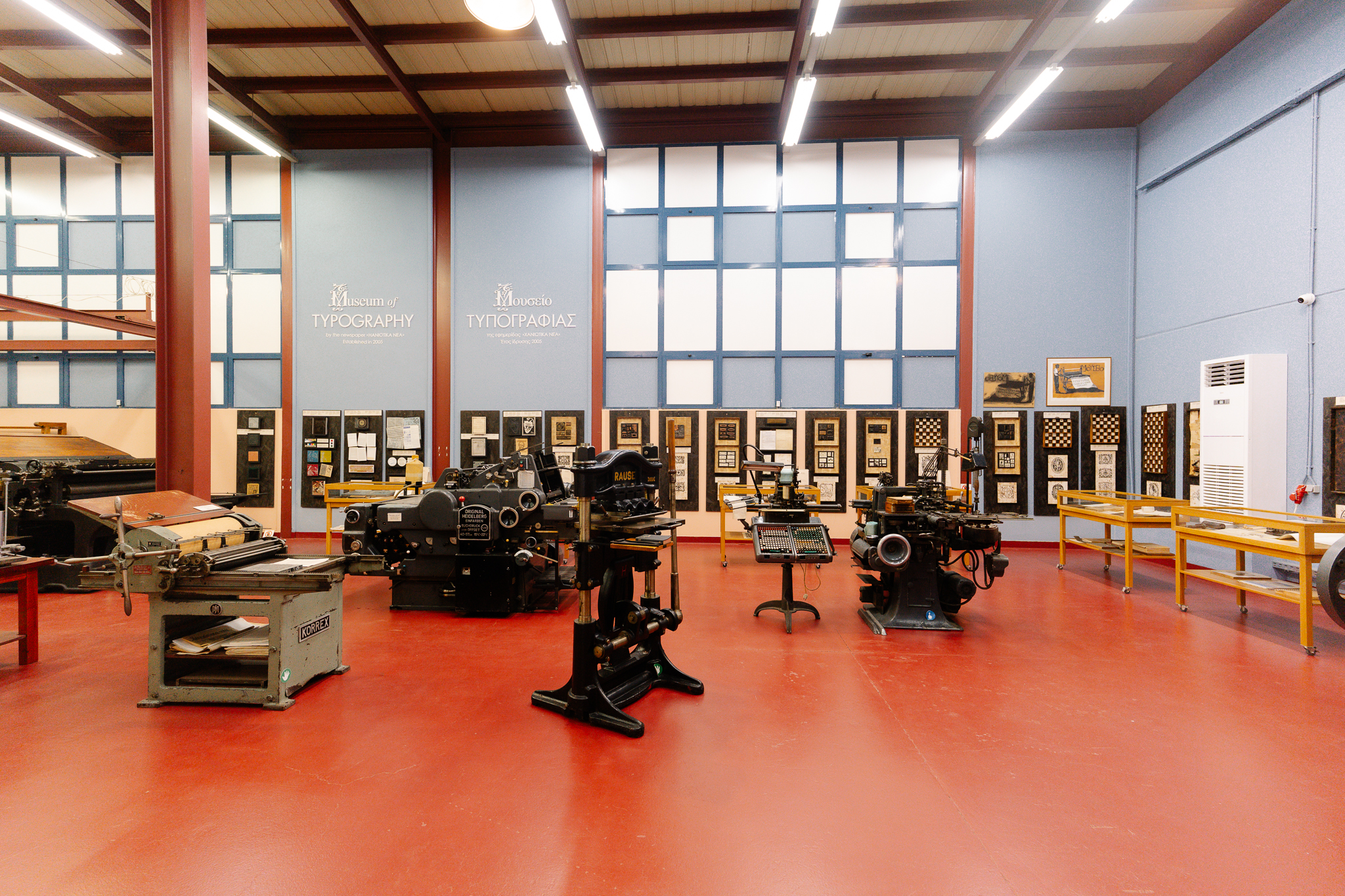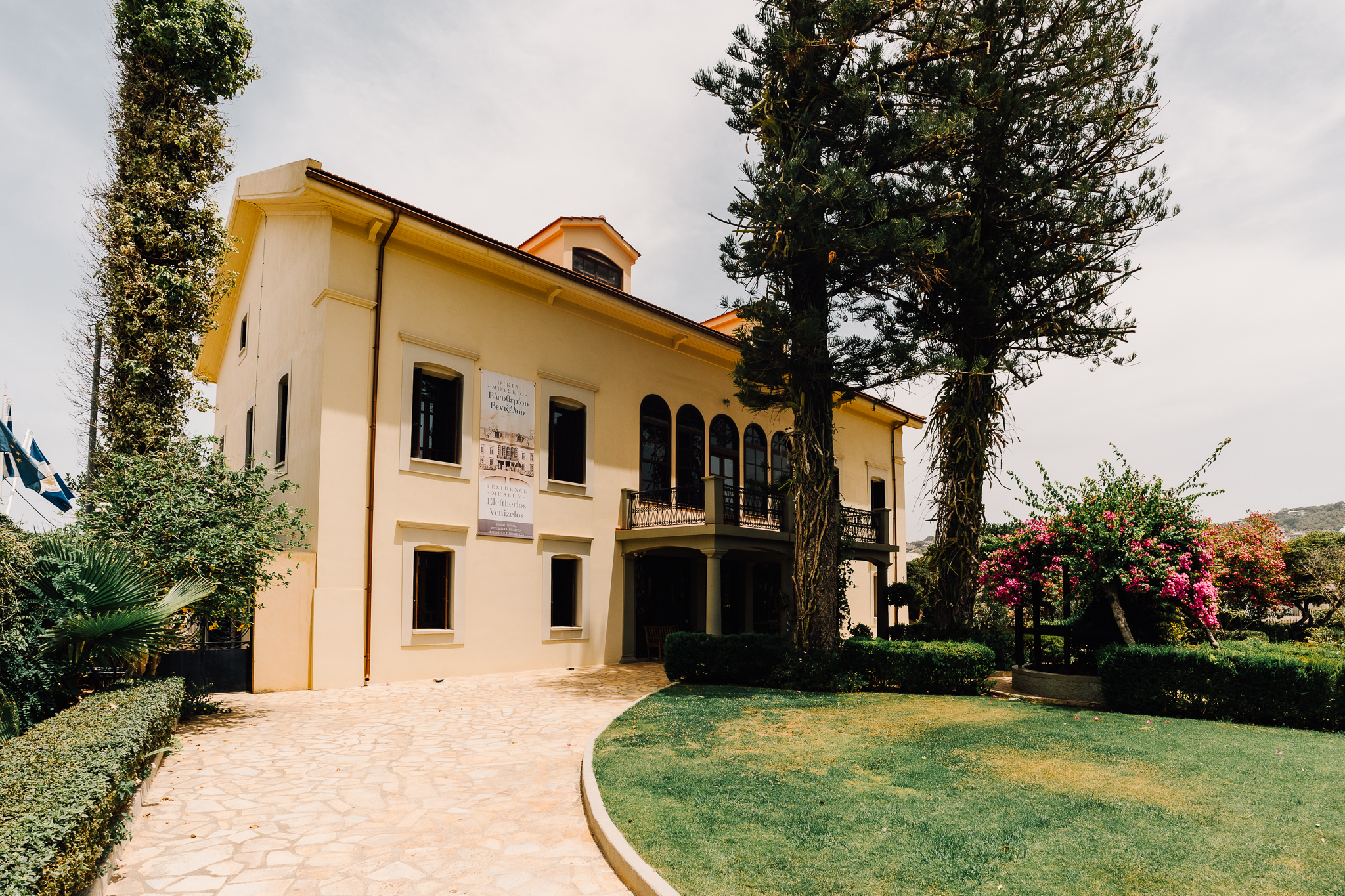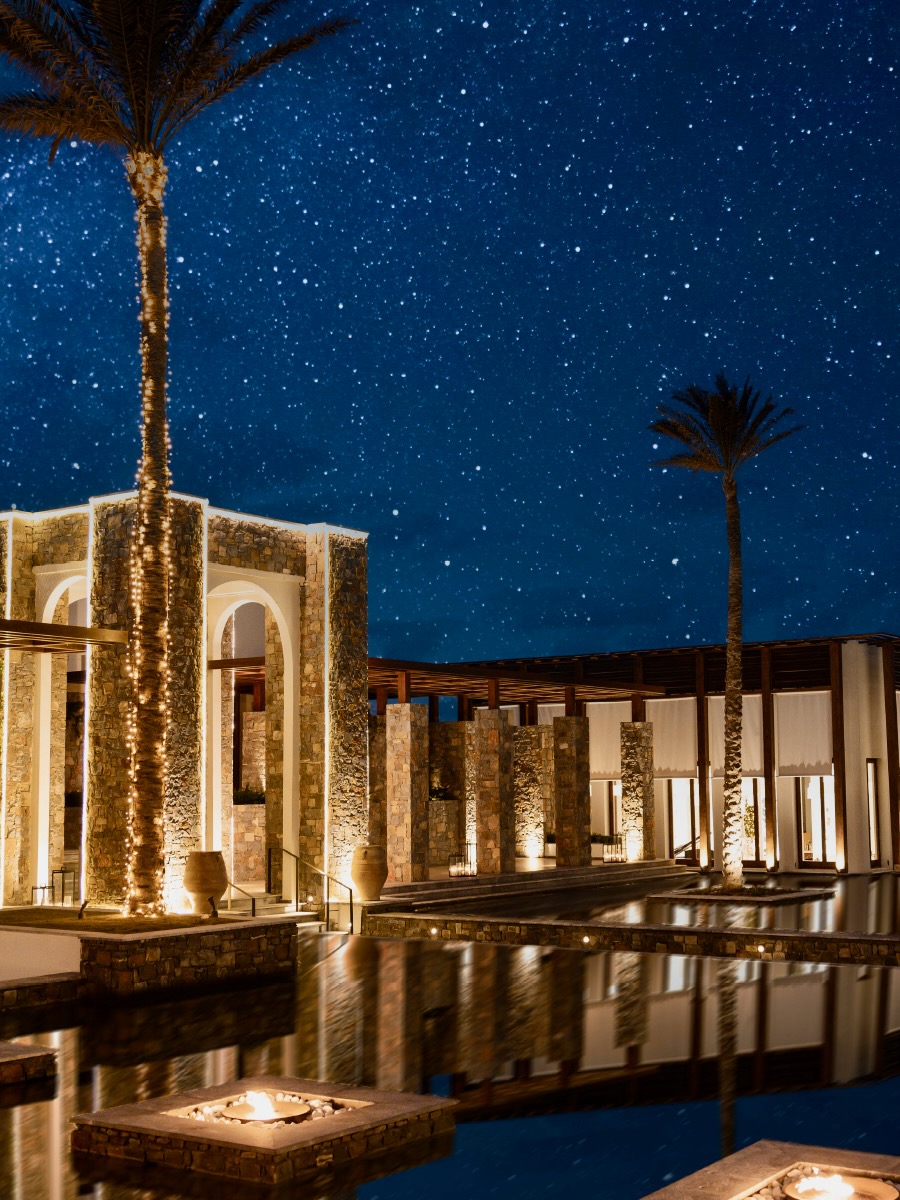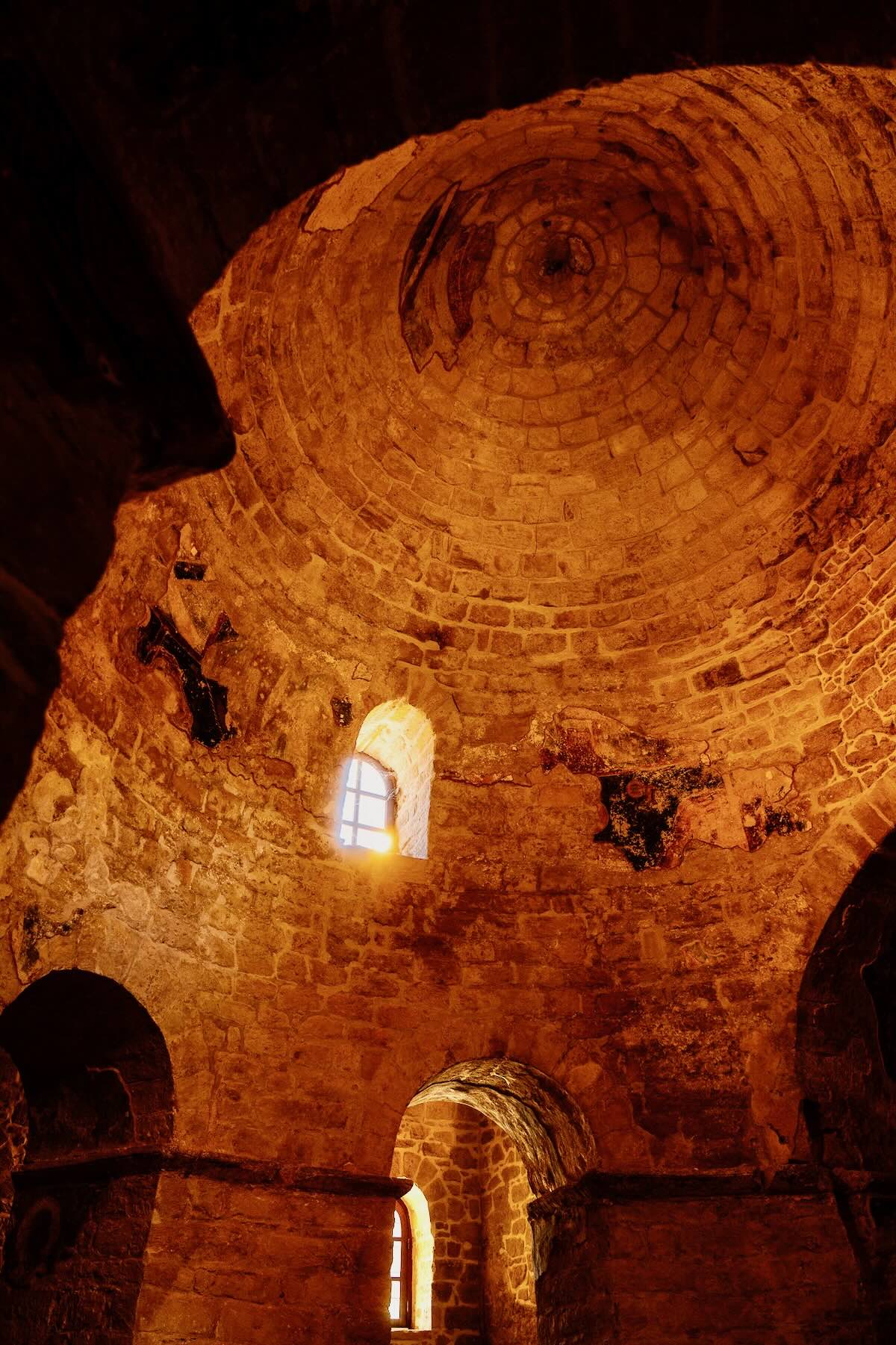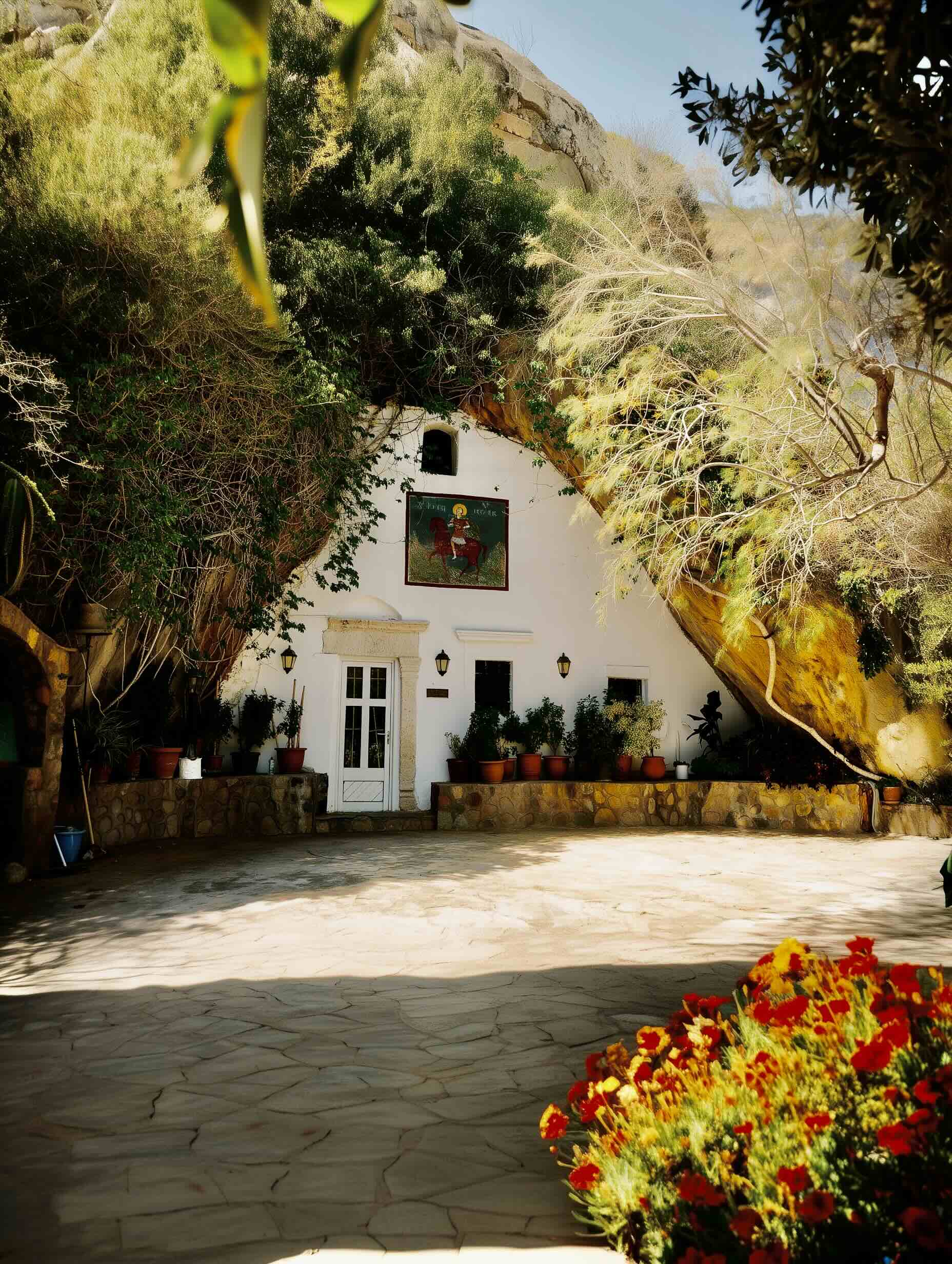On an island that has commanded center stage in the Greek world since prehistoric times – from the Minoan era through Hellenistic years and the Roman Empire, to modern Greek history – Crete has cultivated significant settlements and given birth to crucial chapters in our country’s economic, cultural, and political narrative.
For those passionate about archaeology and history, for seekers of our past’s how and why, few places today offer such compelling interest, possessing a series of archaeological sites and museums capable of narrating in exquisite detail the yesterday and today of this extraordinary homeland.
Ancient Kydonia
In Crete’s northwestern edge lies ancient Kydonia, situated precisely where modern Chania stands today, specifically on Kasteli hill. In fact, most of the ancient settlement now lies buried beneath contemporary Chania. This was a place that experienced substantial economic growth during Roman times and evolved into one of Crete’s most influential commercial centers.
Today, visitors to ancient Kydonia’s archaeological site can view significant discoveries unearthed during excavations, including tombs, Minoan-era palace ruins, ceramic pieces, Linear B script inscriptions, mosaics, statues, sculptures, and an important collection of frescoes. Most artifacts are housed in Chania’s Archaeological Museum, revealing that this area – where today’s beautiful, bustling Chania stands – supported a significant settlement with remarkable economic and cultural development since Neolithic times.
Ancient Aptera
Approximately 15 kilometers from Chania spreads Ancient Aptera, which ranked among Crete’s most significant city-states. This beautiful, powerful, and wealthy site, constructed at 200 meters altitude, acquired tremendous naval and commercial strength during the Minoan period. However, Aptera continued to exist through Hellenistic, Roman, and Byzantine periods, albeit in decline. Commanding spectacular views over Souda Bay and two mighty ports – Minoa (today’s Marathi) and Kissamos – the city-state reached its zenith in early Hellenistic times, with Aptereans renowned as exceptional archers who served as mercenaries, bringing wealth and glory to their homeland.
Lissos
Near today’s village of Rodovani in Chania stood the harbor of the Doric city Elyros, which experienced significant economic and commercial prosperity during Hellenistic, Roman, and Early Byzantine periods. It’s worth stopping at the site of the famous Asclepieion of Lissos, where patients arrived from every corner of Crete seeking healing in the area’s therapeutic waters. Though the Asclepieion was destroyed by a powerful earthquake, visitors can still admire the beautiful mosaic floor featuring animal and geometric patterns. While in the area, explore the Lissos valley to see the Roman-era cemetery and capitals emerging from dense undergrowth.
Ancient Falasarna
A significant commercial and naval power in Crete during Hellenistic times, ancient Falasarna served as Polyrrhenia’s port, experiencing its greatest flourishing from the 4th to 3rd century BC. Today, visitors can still see traces of the ancient walls encircling the hill where Falasarna’s acropolis stood, while carved into the rocks at the ancient settlement’s entrance remains a throne that strongly draws visitors’ attention. Equally impressive are two towers standing at the harbor’s northern and southern sections, dating back to the 4th century BC.
Chania Archaeological Museum
In the Halepa district stands the new Archaeological Museum of Chania, housed in an ultra-modern building operating on bioclimatic principles, respecting environmental sustainability. The museum showcases 3,500 archaeological artifacts that reveal Crete’s magnificent, rich, and extensive history from prehistoric times through the Byzantine era. The Prehistoric and Historic periods stand out, presented through discoveries from the Chania region, along with the section titled “Caves at the Dawn of the Minoan World” which focuses on the final phase of cave habitation and western Crete’s strong connections with the Cycladic island complex. The collection includes hundreds more exhibits revealing significant and fascinating information about daily life among local residents in Crete’s various city-states, from ancient Minoan fishermen to farmers and women.
Maritime Museum
At Chania’s harbor entrance, you’ll find the Maritime Museum of Crete, located precisely at the entrance of Firkas Fortress, housing significant exhibits from Greece’s naval history in general and Crete’s in particular – an island that played a decisive role in our country’s naval evolution and progress. A large portion of the exhibits arrived at the museum through donations from the Hellenic Navy. The Maritime Museum also includes a special space in the eastern Neoria of the city, housing the Museum of the Minoan Ship.
Agyia Small Hydroelectric Plant
This is an exhibition space dedicated to renewable energy sources and their vital importance for our environment and planet. The artificial lake of Agyia and its Small Hydroelectric Plant were transferred to the Region of Crete in 2011, leading to a series of renovation projects, lakeside pedestrian paths, and environmental improvements around the plant using natural materials compatible with the area’s character and landscape.
Museum of Typography
Just outside the city in Souda’s Industrial Park stands Greece’s first museum entirely dedicated to Typography. This represents the personal vision of Yannis Garedakis, founder of “Haniotika Nea” newspaper, and his wife Eleni, developing across two main wings and three additional halls covering approximately 1,500 square meters. Through a series of rare and interesting exhibits, plus numerous interactive activities, you’ll discover typography’s connection to Crete’s local history and learn the secrets of an invention that played its own significant role in our world’s progress.
Eleftherios Venizelos House Museum
A house-museum that represents far more than a characteristic 19th-century mansion, Eleftherios Venizelos’s residence falls into the category of documentary houses, as it chronicles the life of a significant personality and preserves authentic objects, mostly in their original positions. The former Greek Prime Minister’s residence comprises three floors with 18 visitable points along its museum route, all containing authentic museum material. Within this highly revealing museum’s spaces, visitors gain knowledge and truly connect with the past, not only of Eleftherios Venizelos himself but also of Crete through a journey of knowledge and memory into modern Greek history.
Read also:



